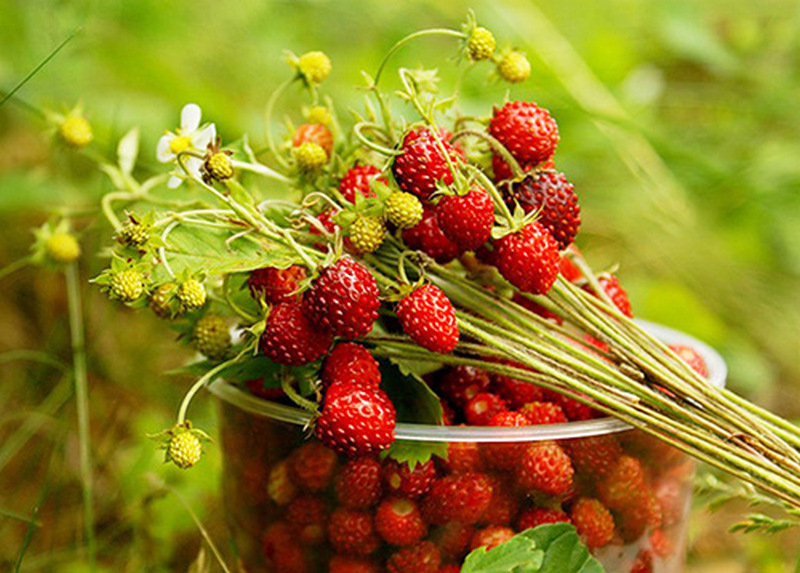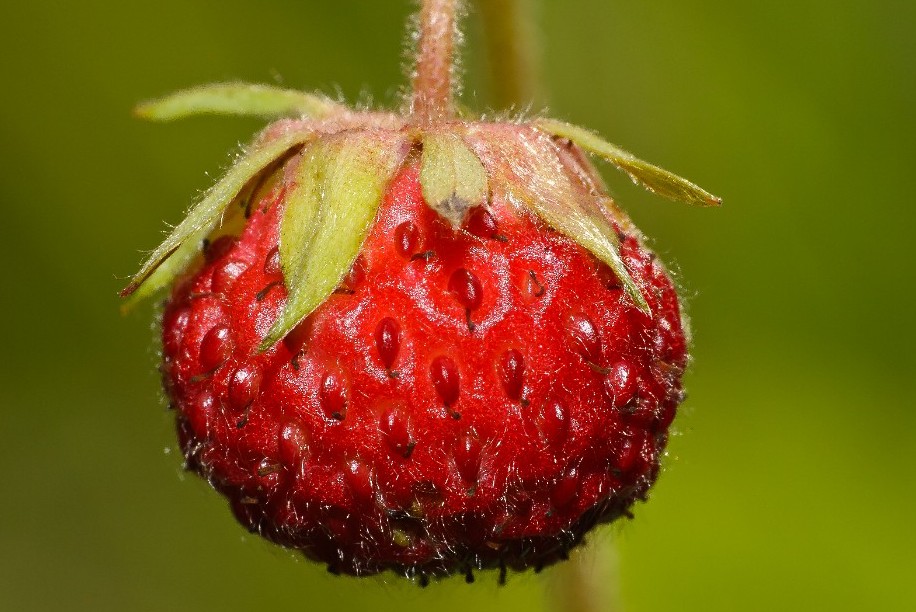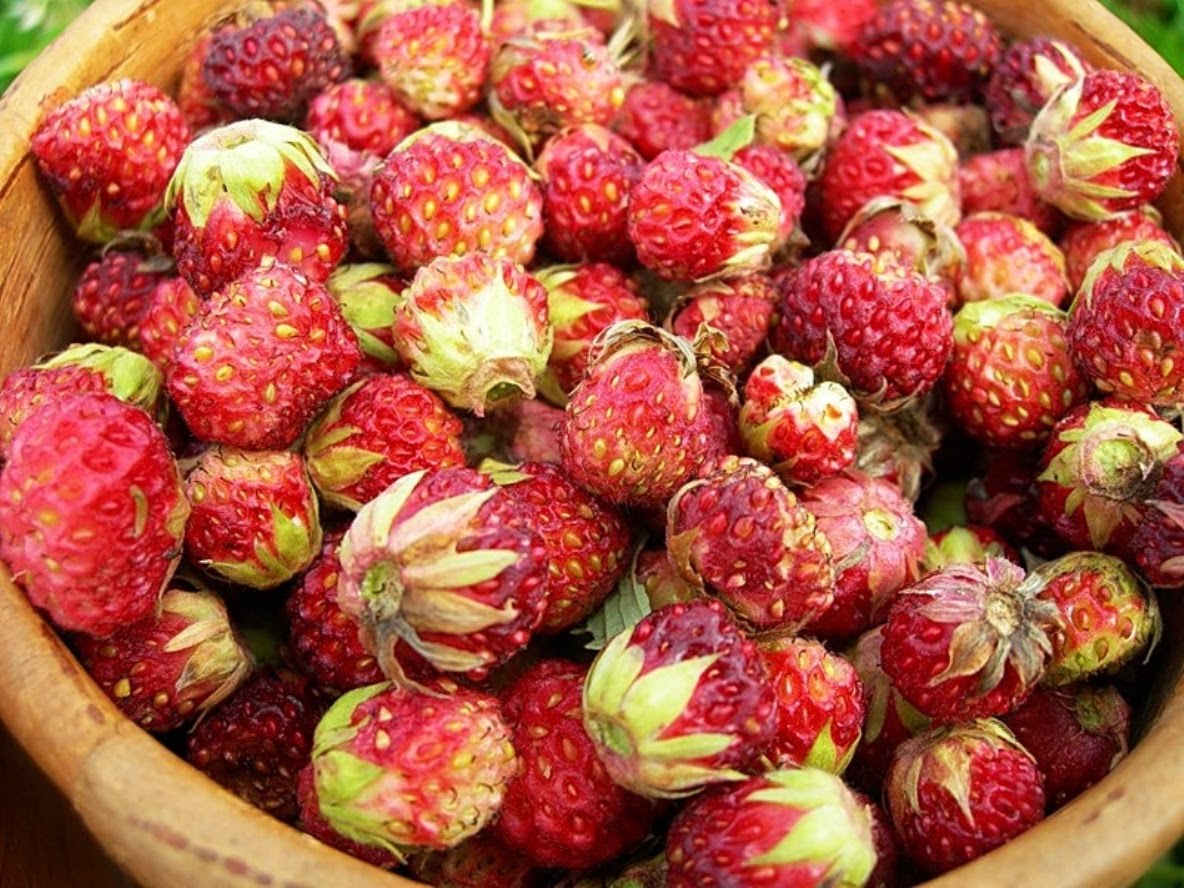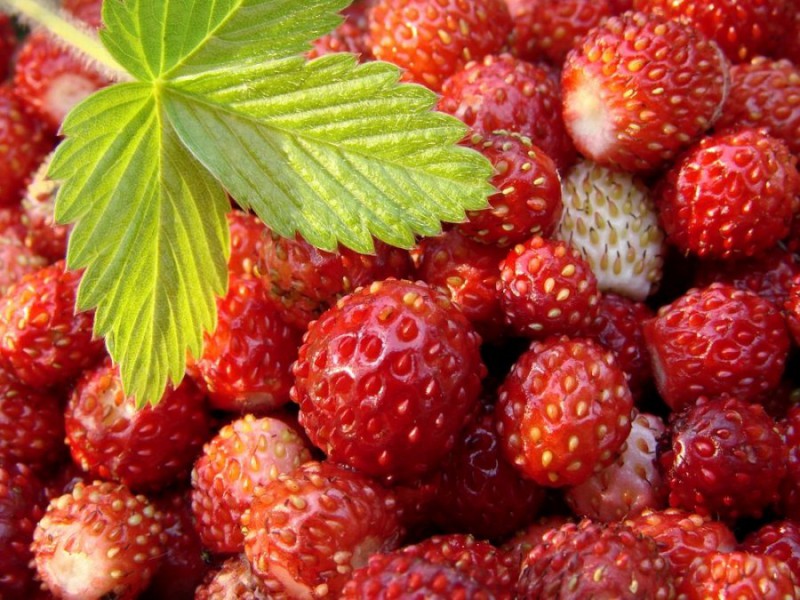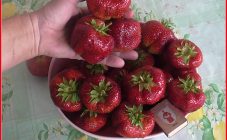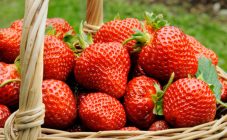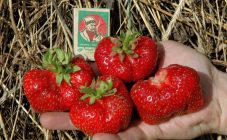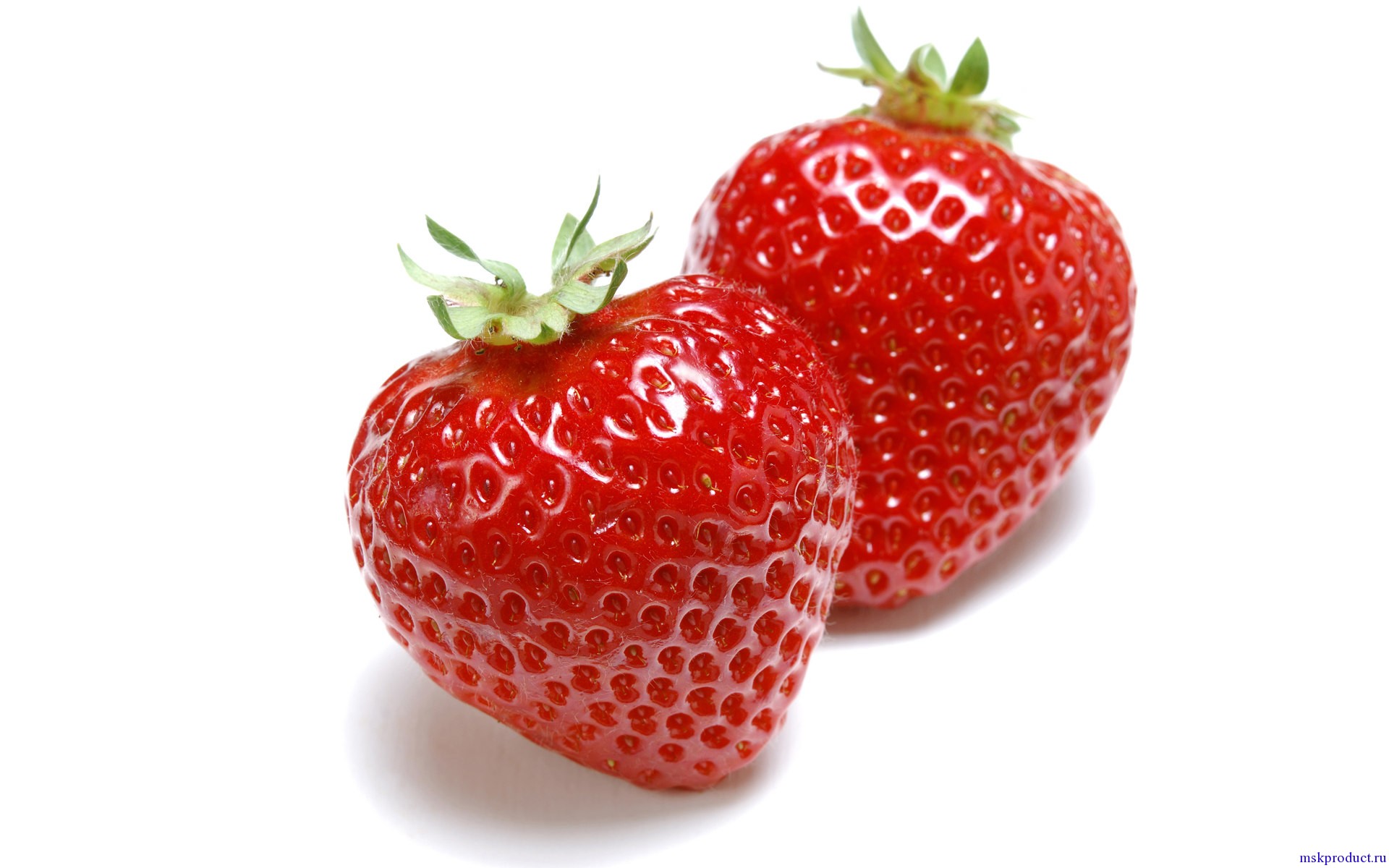Content:
In modern times, the number of those who are engaged in picking berries in the forest or in the meadows has decreased; it takes a certain amount of time and labor to find the fruits and collect them. This also happens because many are successfully growing plants in their own garden, they are also much larger than their forest counterparts. Still, it should be noted that wild berries differ from garden berries in their unique aroma and taste.
One of the most beloved and popular forest berries, without a doubt, can be considered wild strawberries. What does a strawberry look like? This small, tasty and very healthy berry can most often grow on forest edges, on open but slightly shaded hillsides, in meadows and small meadows. It is most often confused with wild strawberries, as these plants are very similar in appearance. Forest strawberries can be meadow and field, they can also sometimes be called green strawberries.
Why collect
Collect it not only as a delicacy for fresh consumption. It is used for preparations for the winter, there are a lot of recipes for making preserves, jams and compotes, it is well preserved frozen. The leaves and flowers of this plant are used in cosmetology and medicine.
It is recommended to include this berry in the diet for people with joint diseases, diabetics and people with impaired thyroid function. For cosmetic purposes, fresh berries are used to prepare various anti-aging masks and lotions. Also used to treat acne and remove freckles and age spots.
Beneficial features
Fresh berries have a high content of iron, potassium and magnesium, as well as B vitamins and vitamin C. The iron content in wild strawberries is much higher than in grapes and apples.
A rather high content of ascorbic acid is noted in the leaves of forest strawberries. They also contain essential oils and tannins. For this reason, strawberry leaves are an important medicinal ingredient that is often used for many diseases.
Fresh leaves can be applied to all kinds of wounds and ulcers. They have a positive effect on hemorrhoidal tumors. An infusion can be prepared from the leaves of forest strawberries. For this purpose, boiling water and 50 g of raw materials are taken. The remedy is insisted for about 4 hours, then taken 3 times a day before meals.
Infusion from the leaves of a forest plant has a very positive effect on heart activity, helps in the restoration and normalization of metabolism. In some cases, the infusion helps to remove kidney stones. It is very useful for those people who have any respiratory diseases.
Strawberries are considered a berry that can lead to allergic reactions if a person has a predisposition to this. To avoid such manifestations, it is necessary to use it, mixing it with milk or sour cream.
The use of wild strawberries is not recommended when there are any diseases associated with the gastrointestinal tract, including the duodenum. This is due to the fact that the fruits of wild strawberries significantly increase the acidity.
Women who are breastfeeding or pregnant women need to eat a little of these strawberries and watch for possible reactions.
Information from biology
Real strawberries do not exist in nature. The botanical name for wild strawberries is green dugout (Fragaria viridis), or it can also be called Polunitsa, and it is also considered a nutmeg strawberry (Fragaria mochata).
From the history
This plant has been known for its beneficial properties since time immemorial - the description of wild strawberries is found in Pliny the Elder. Virgil also mentioned the benefits of this plant in his writings.
What does it look like
Field strawberry is a perennial low-growing plant, from 5 to 20 cm in height. It belongs to the Rosaceae family. The leaves are trifoliate, the top is dark green in color, the inner side is white, covered with fluffy hairs.
Forest strawberry varieties
In their natural environment grows green strawberries or Polunitsa, which is found in meadows. This plant is quite short - only up to 20 cm tall, it gives very little whiskers.
Nutmeg or mucus strawberries are much higher, the height of their bush reaches 35 cm. The fruits are not too large, they smell strongly of nutmeg.
The difference between wild strawberries and wild strawberries
What is the difference between strawberries and strawberries? Sometimes some people do not see the difference between wild strawberries and wild strawberries, they are often confused, however, there are quite serious differences between these berries. What is the difference between strawberries and strawberries is determined by the following parameters:
- You can distinguish these fruits if you look at them carefully at least once. Strawberries have a rounder shape, somewhat similar to a ball, this determines its name - strawberry. Whereas strawberries are elongated, to the bottom it sharpens;
- In strawberries, the stalks are always bent away from the fruit and look up, and on strawberries they are pressed against the berry;
- When strawberries are torn off, the tails often remain on them. Strawberries can be picked without tails. It is believed that the latter is easier to handle after collection, no additional cleaning will be required;
- The leaves of these berries are completely different in shape;
- The aroma and taste of wild strawberries and wild strawberries is different, each has its own individual and unique;
- The difference between these berries from each other is called the different colors of their fruits. Strawberries are scarlet, very bright in color, their color is uniform, while strawberries have a red berry color, more in darkness, and the color is far from uniform;
- Smaller strawberries are believed to take longer to harvest than larger strawberries. Strawberry meadows are more common than strawberry meadows;
- Strawberries have denser berries, while strawberry fruits are juicy.
Forest strawberry season
Knowing when meadow strawberries ripen, you can go to pick them, and after that make a great jam for the winter or rub with sugar, or you can simply diversify your table with a delicious and, of course, healthy berry. In these terms, the area of picking berries plays an important role, because in different regions of Russia they may differ. For example, in the Urals, the fruits of this plant begin to be harvested from mid-June.
It happens that tasty fruits may ripen a little later due to weather conditions that are not very favorable for their rapid development. This may be lack of sunlight or prolonged rains. But the opposite can also happen, when ripening occurs ahead of schedule. This can be the case if during the growth the plant had enough moisture and heat in excess.
In southern areas, wild strawberries are ready for harvest in May; in the suburbs, where the sun is much less, strawberry lovers go to the forests only in the very middle of July.
How to collect
Forest strawberries are berries that can be easily crushed, and they will lose their attractive appearance, and this can also affect the taste of the fruit. For this reason, it is necessary to collect forest strawberries in containers that are low and rather wide in size. The berries should lie in a small number of layers, and the less, the better, so that there is no pressure on each other.
It is recommended to use baskets made of birch bark or tuyes when harvesting. In this case, the fruits have good air access, so they are sufficiently ventilated. The low temperature contributes to the preservation of strawberries, which does not rise in such containers.
Also for this purpose, plastic containers may well be suitable if they have multiple holes. When it is necessary to collect a rather large volume, it is best to use wooden boxes, which are also low. In the event that there is nothing from a suitable container with you except the most ordinary bucket, you need to try to come home as soon as possible so that the berry does not have time to crumple over a long period of time.
In the absence of a container for collection, field strawberries are cut directly from the branches and the berries are picked when they get home. Cutting berry branches is done for the reason that it is just so difficult to break it off and you can pull out the entire bush with roots. It is by no means recommended to do this, since this destroys the plant and is considered barbaric among summer residents.
Do I need to clean
The harvested crop, after being brought home, is cleaned of green sticks and leaves. This is considered the most correct and hygienic, but many do not perform this procedure, thinking that they can do without it. Of course, nothing terrible will happen if this is not done, on the contrary, many housewives believe that greens give a certain piquant shade to cooked jam. It happens that there is simply no energy or time to tear off the tails.
In the event of a sepal break, the strawberries are laid out in a room in which there is free access to air, or it is periodically ventilated. Put the berry on paper and dry it. Greens torn from berries are often used to brew aromatic and healthy tea or add to a variety of infusions and decoctions.
Do I need to wash
After the strawberries have been cleaned of the remaining greens, which usually yield quite easily, they are washed in medium-heat water and laid out on rags, paper or towels.
You can also immediately use a specially prepared clean container when collecting forest strawberries, while trying to prevent various debris, such as twigs, leaves and various insects from getting there. In this case, there is no need to sort out the strawberries, as well as washing. It is immediately, without subjecting any preparatory processing, used to prepare compote or jam.
Collecting the berries of this useful plant is not considered too easy, however, the positive emotions from this activity more than cover all the difficulties. In addition, strawberries are very tasty, jam and other sweets are made from them, they are also a remedy for many ailments. When the useful properties of a plant have been studied, and it is harvested for the winter, according to the rules, you can purchase a tasty and healthy product at home at no special cost.
